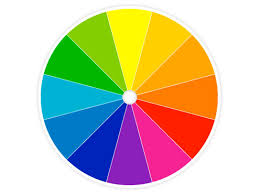Color is the single most important design element, whether used alone or in combination with other design elements. Yet jewelry creates a series of dilemmas for the colorist, not always anticipated by what jewelry designers are taught in a typical art class. This article reviews the basic concepts of color theory and suggests how to adapt each of these to the special requirements of beads and jewelry. Special attention is paid to differentiating those aspects we can consider as objective and universal from those which are more subjective. The fluent designer is one who can maneuver between universal understandings and subjective beliefs when selecting and implementing colors, color combinations, and color blends. This involves managing the sensation of color light value (balance), the sensation of color contrasts (proportion), and the sensation of simultaneous color contrasts (context) among designer, wearer, and viewer.
THE JEWELRY DESIGNER’S APPROACH TO COLOR
Welcome! AJF believes that essays, dissertations, and other writing about art jewelry deserve to be readily accessible, researched, and savored. Enjoy.

Title: THE JEWELRY DESIGNER’S APPROACH TO COLOR
Author(s): Warren Feld
Topic: Art Theory, color, design theory
Publication Year: 2019
Institution:
Discipline: art theory, design studies
Relevant Country(s): United States
Material: